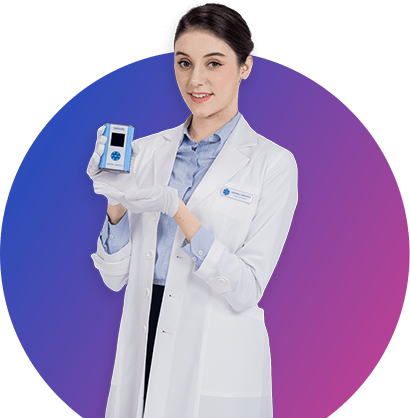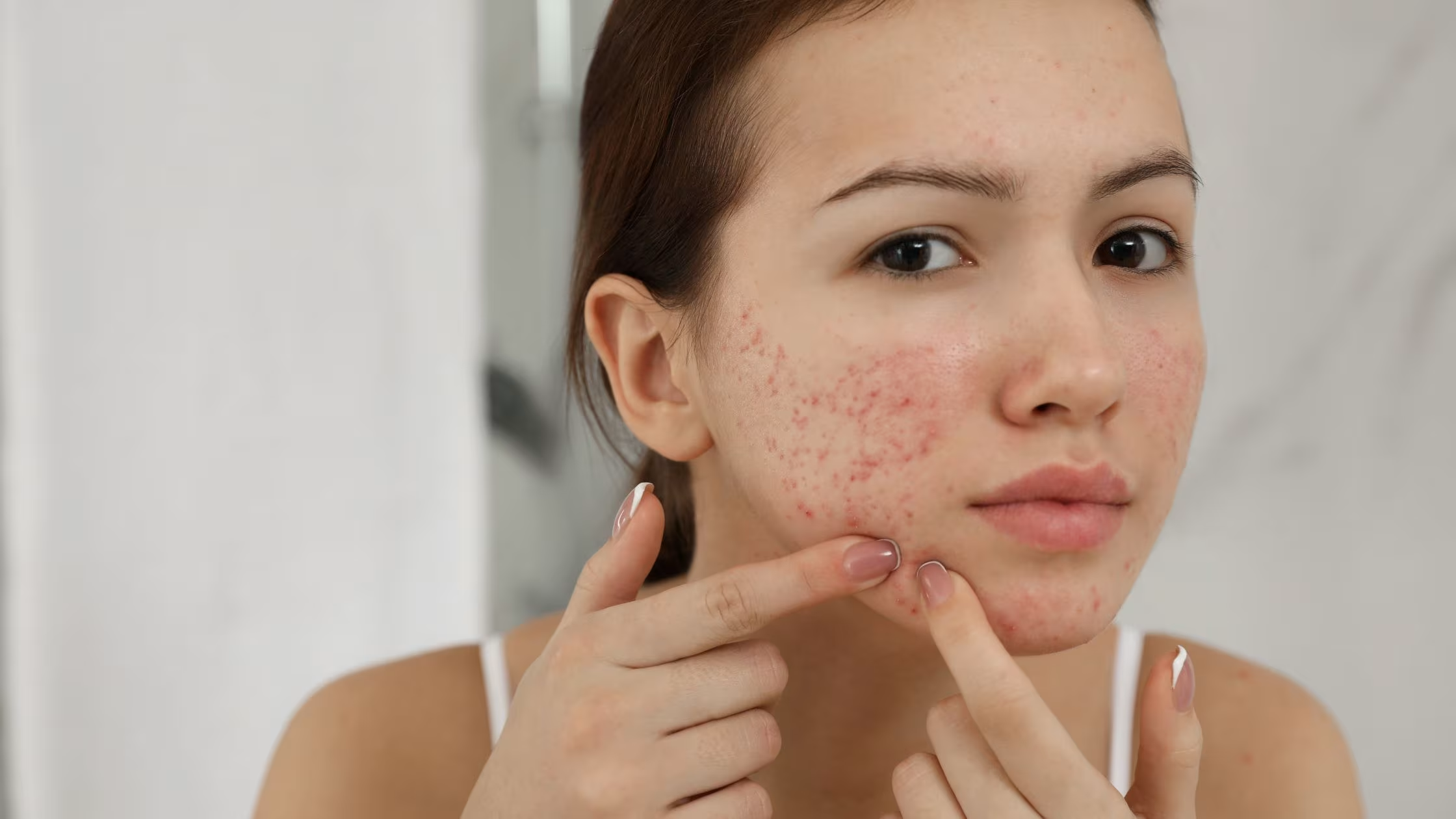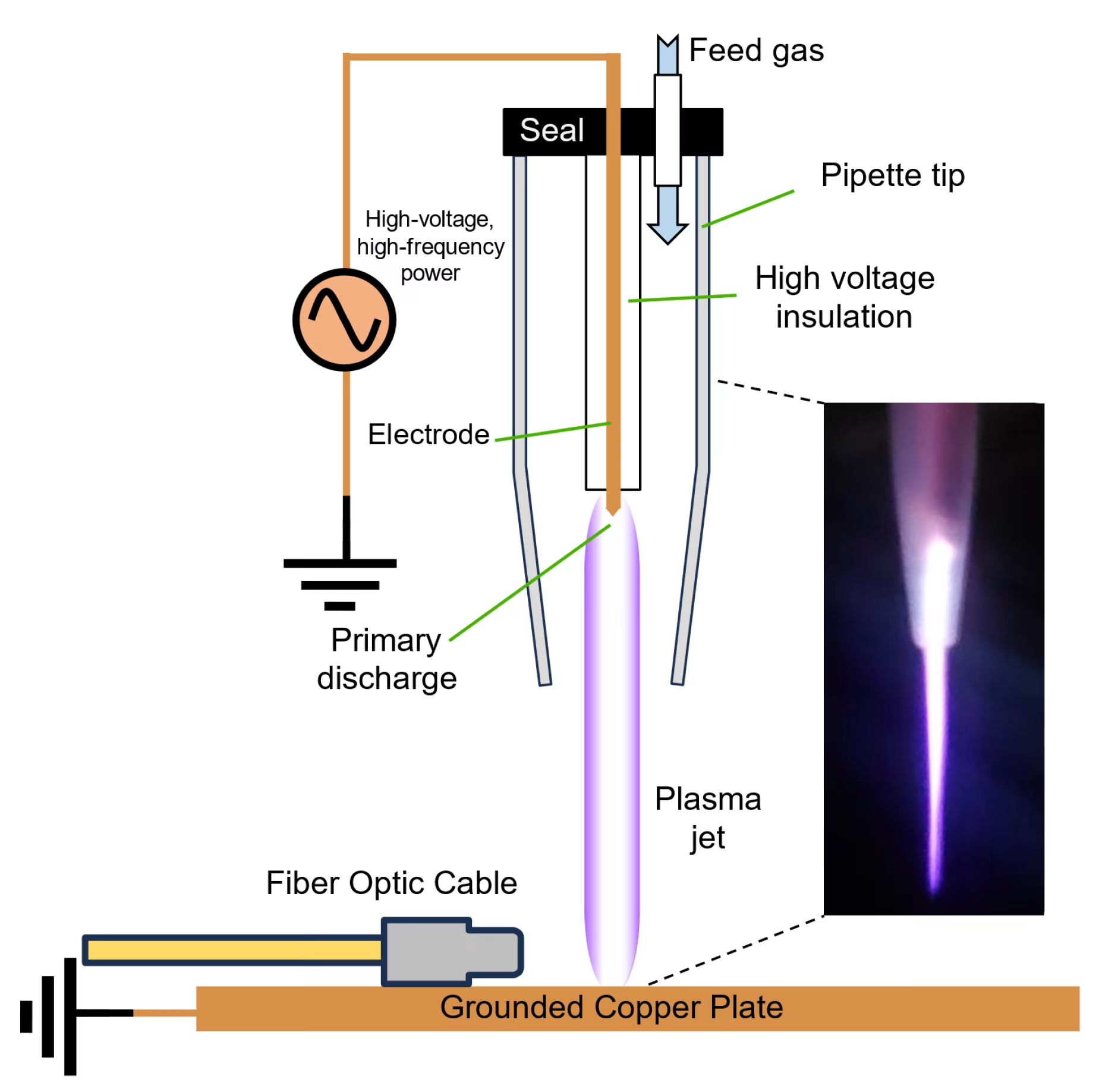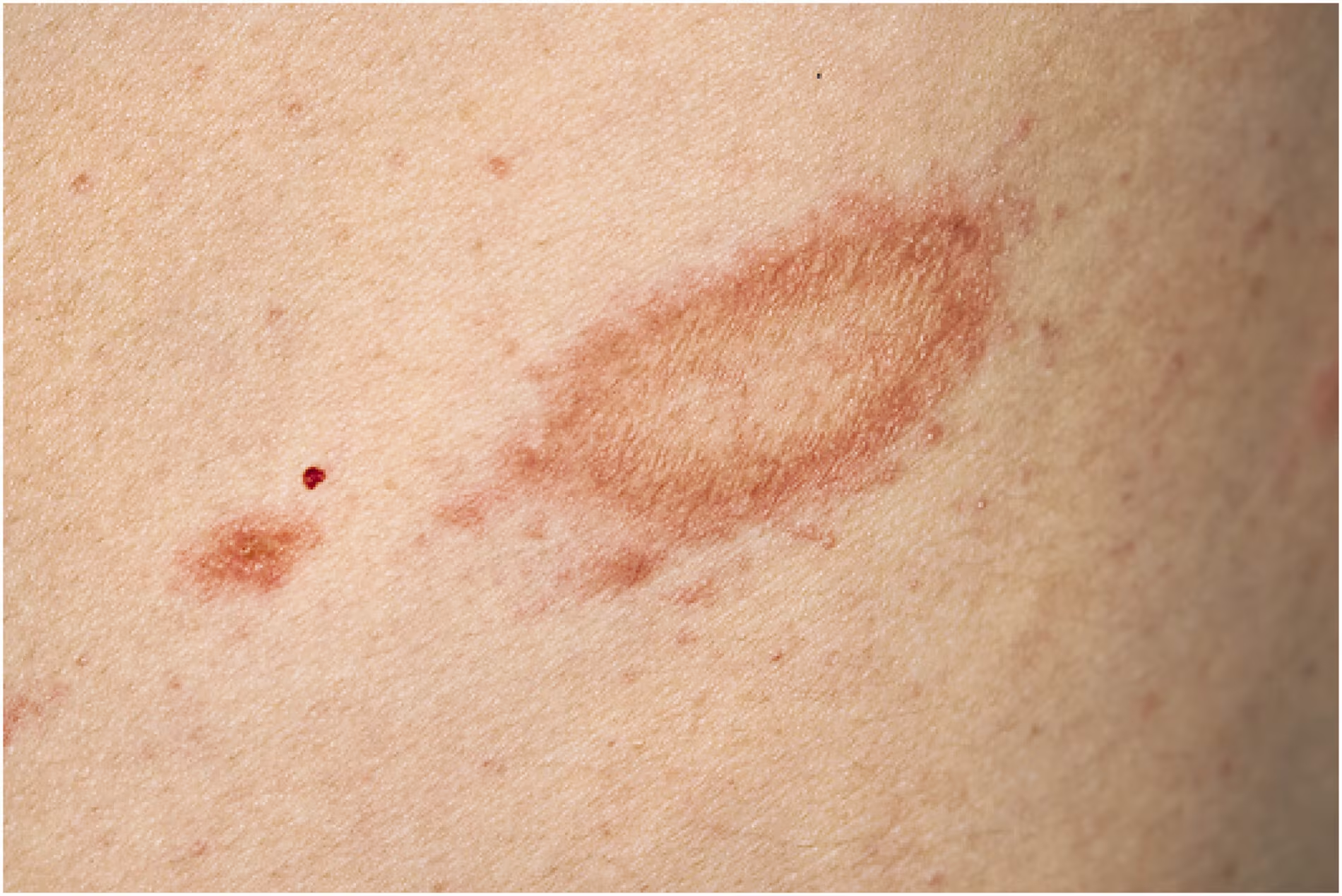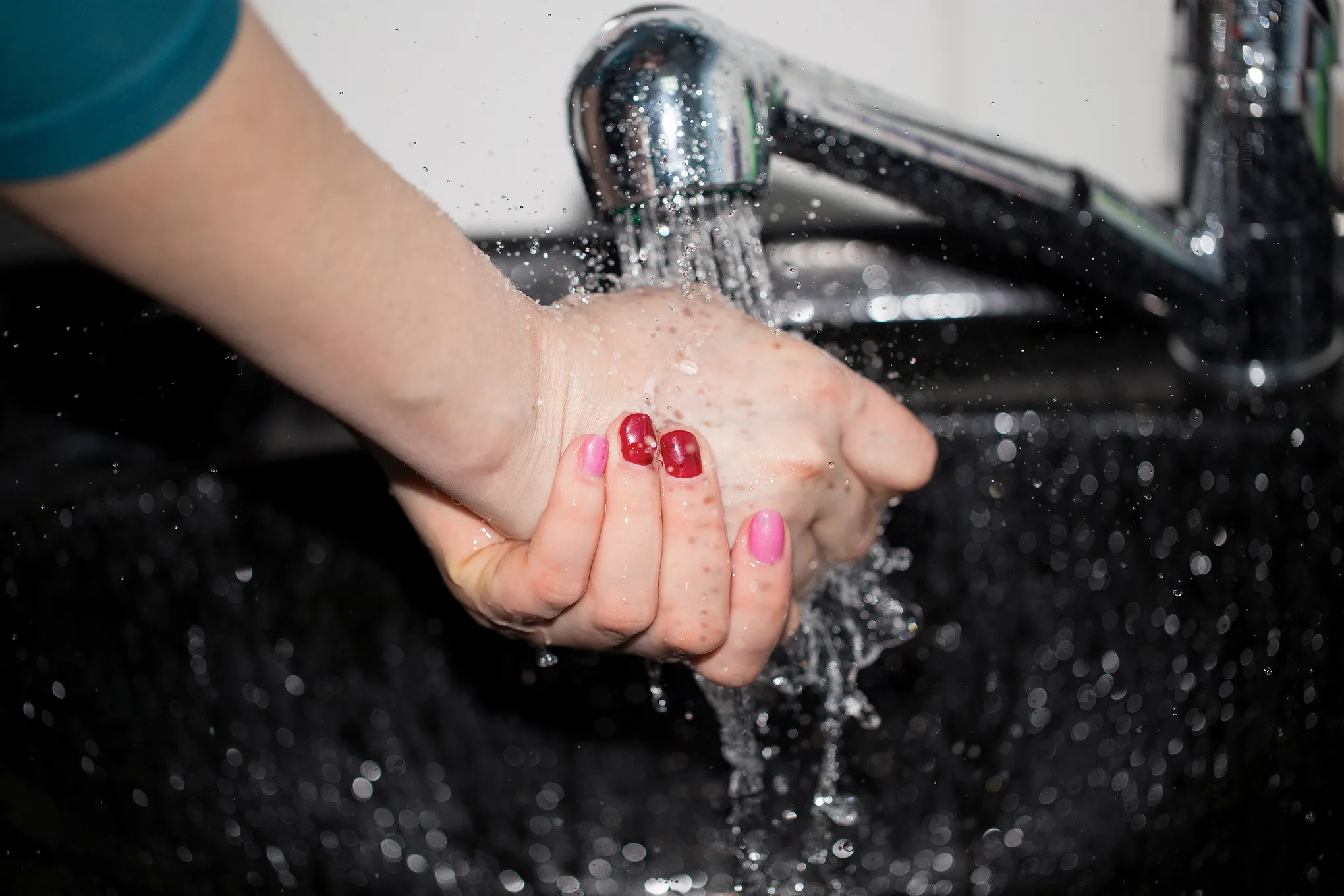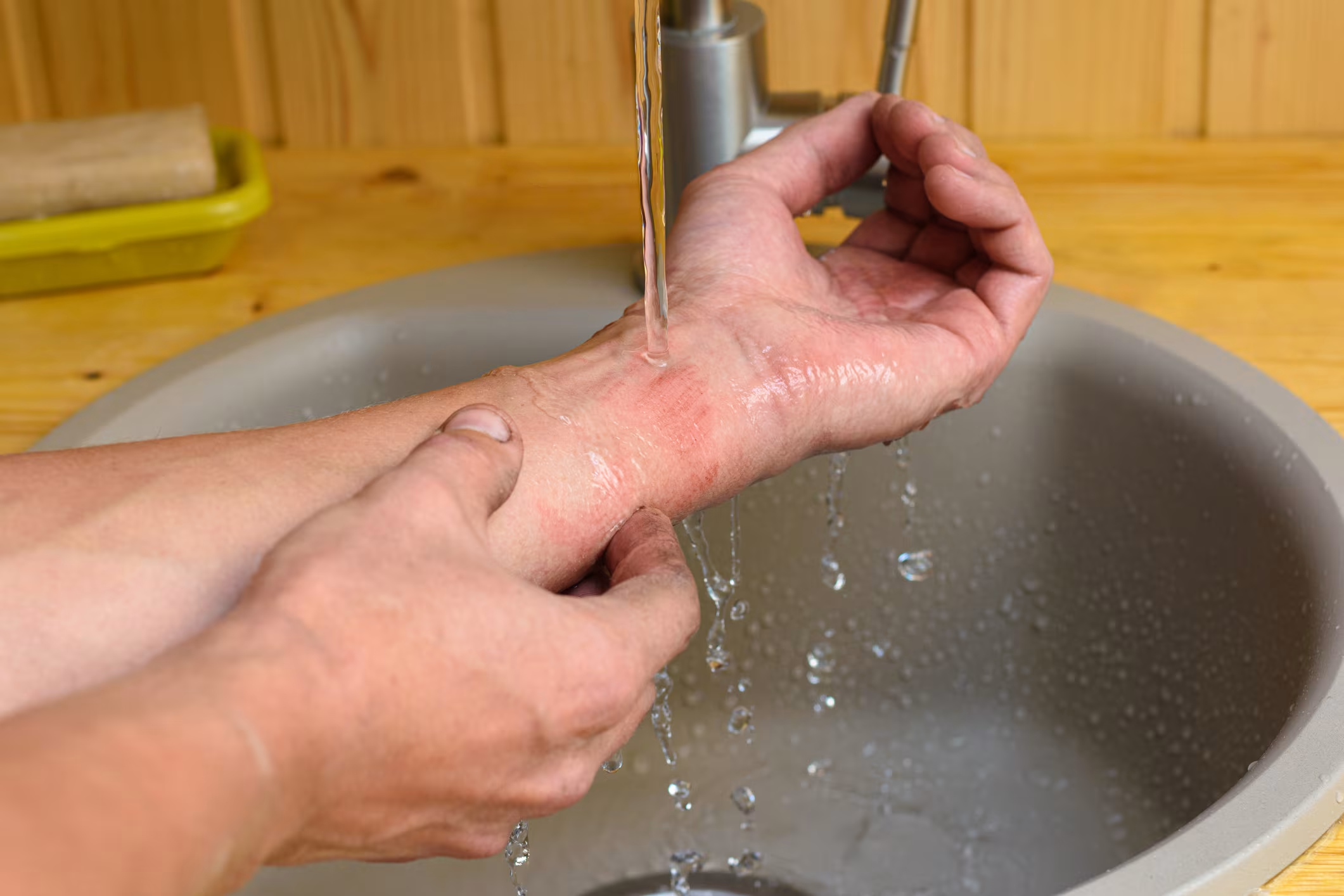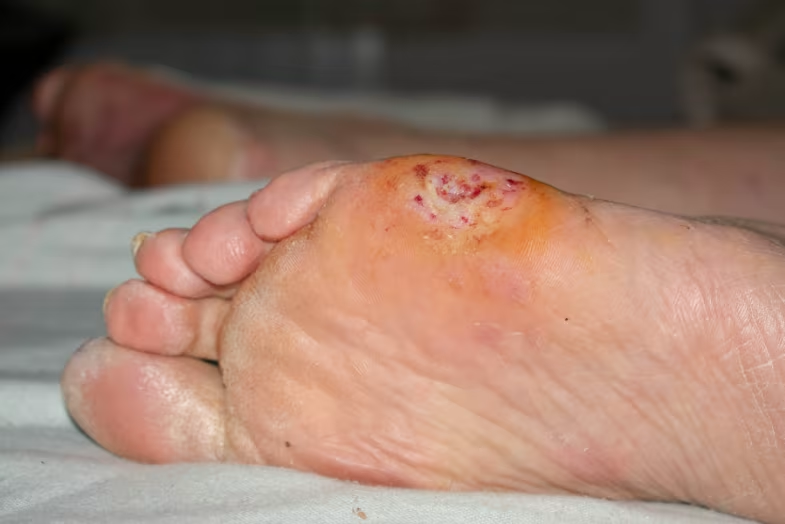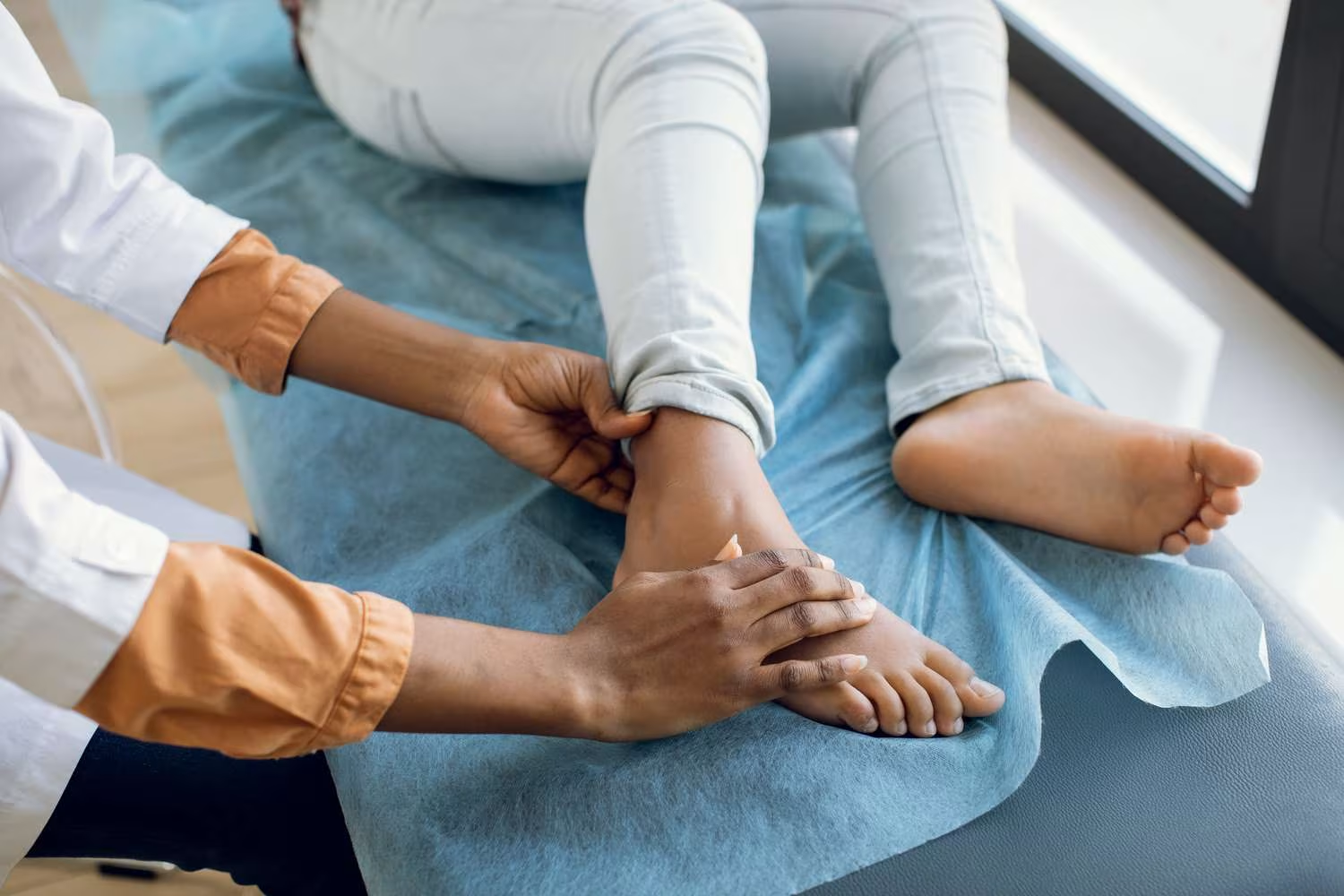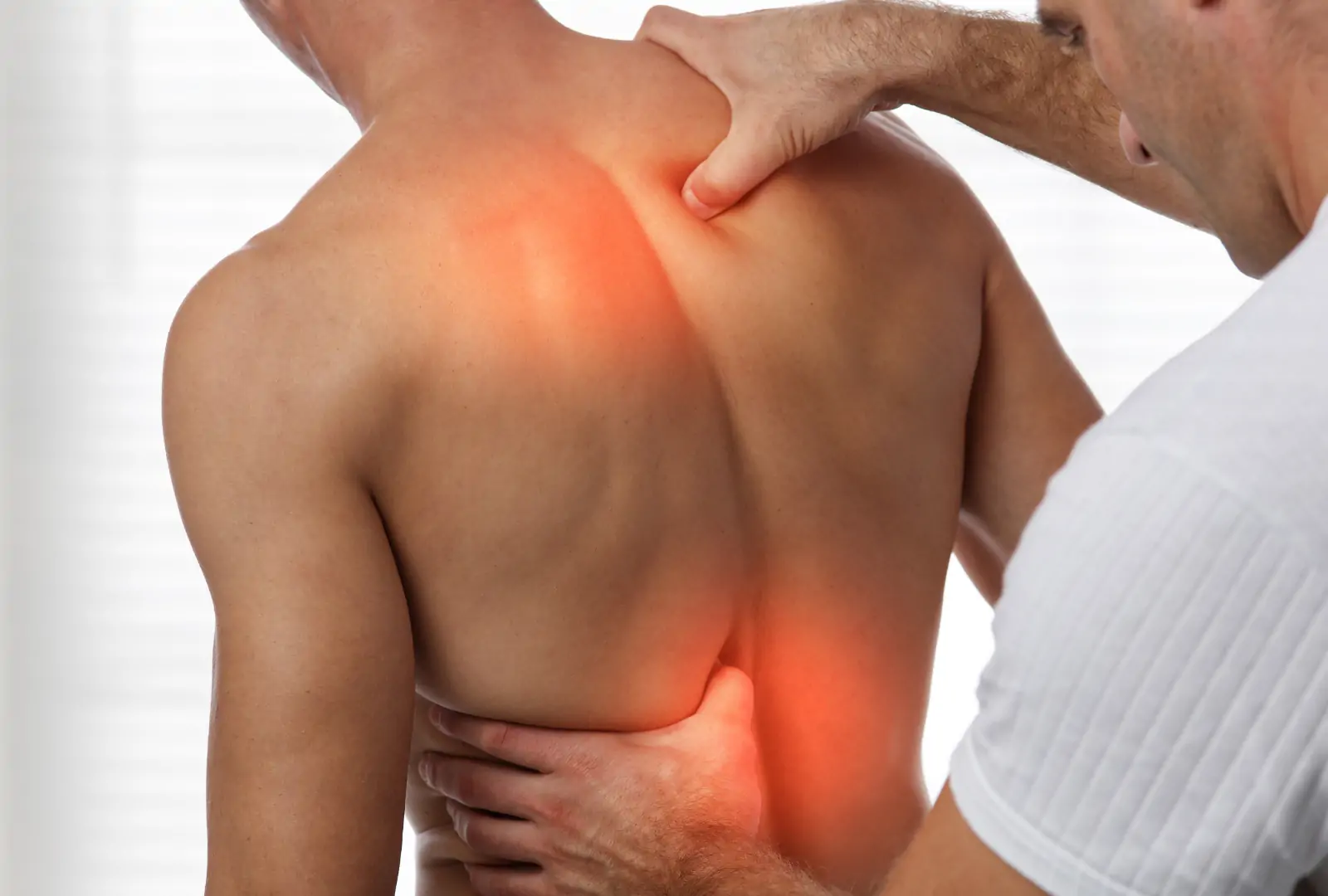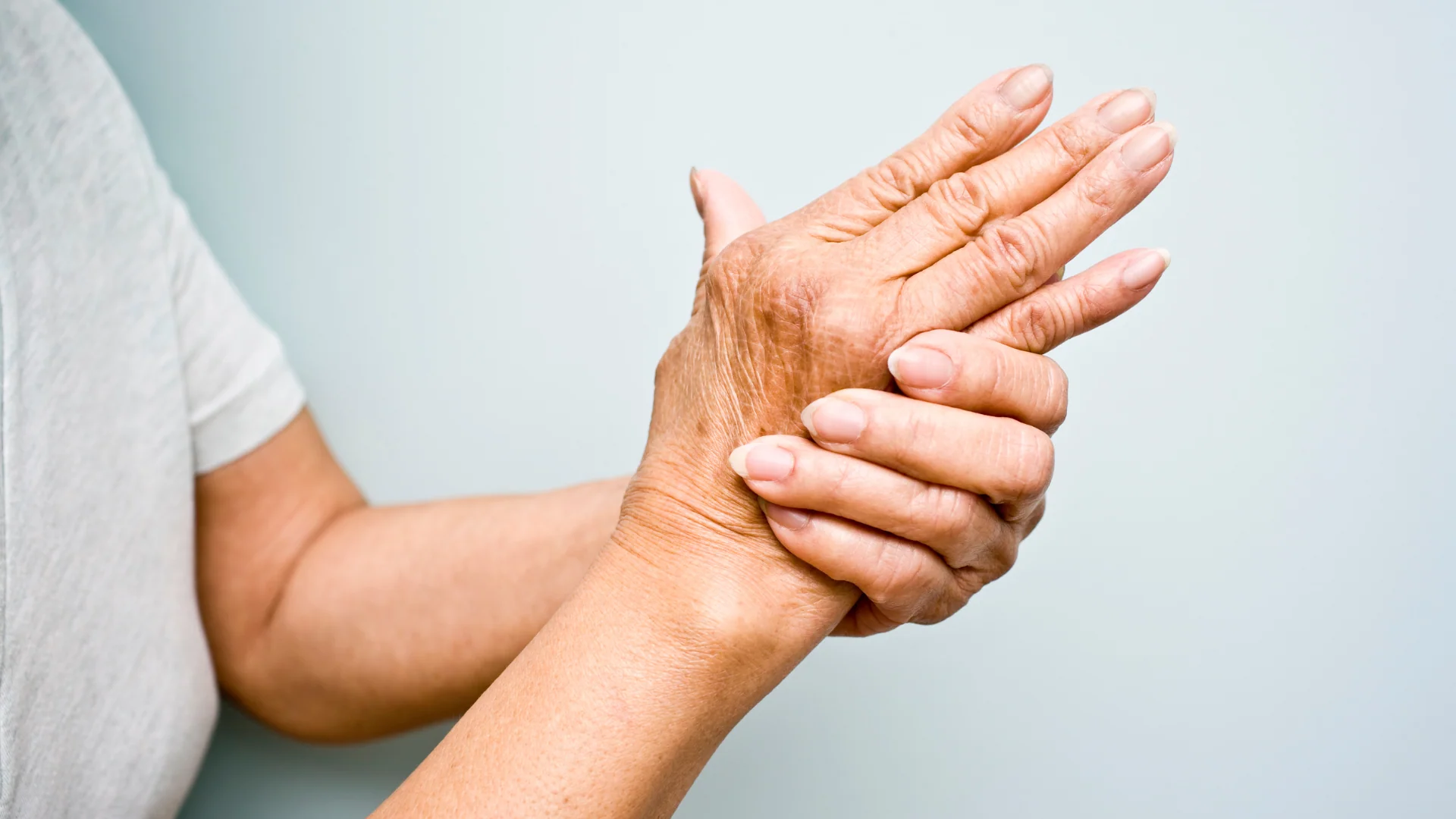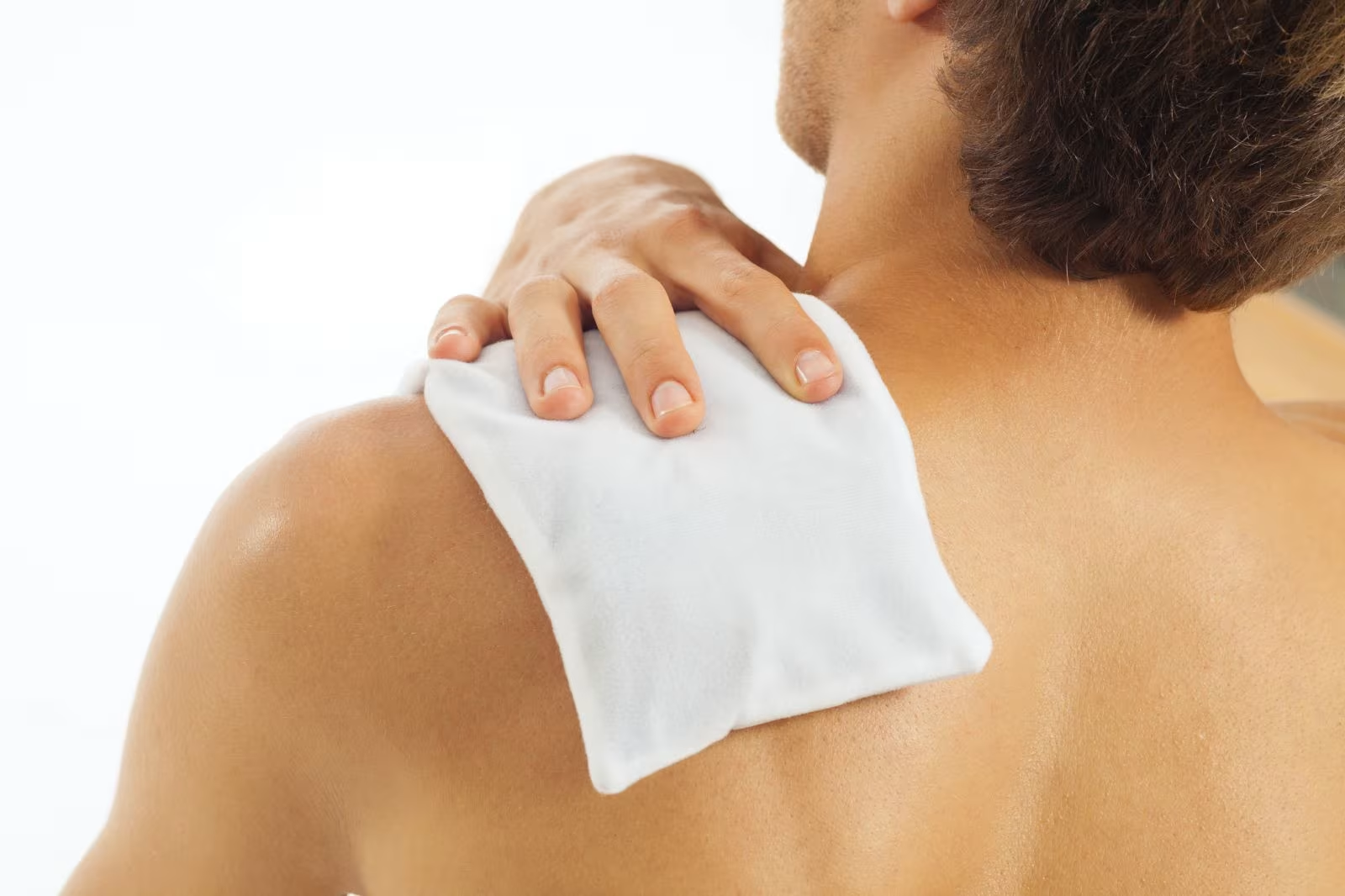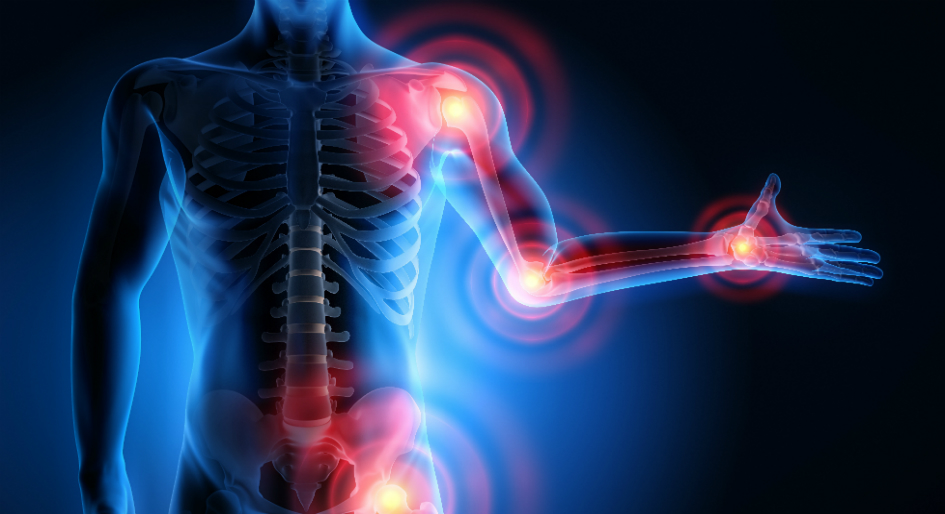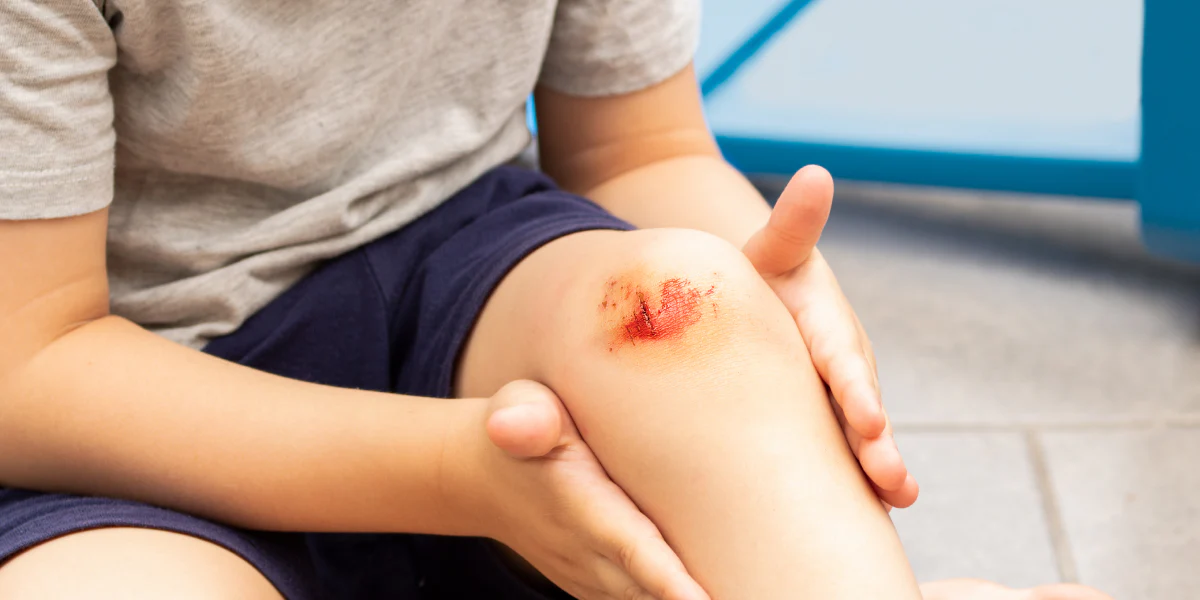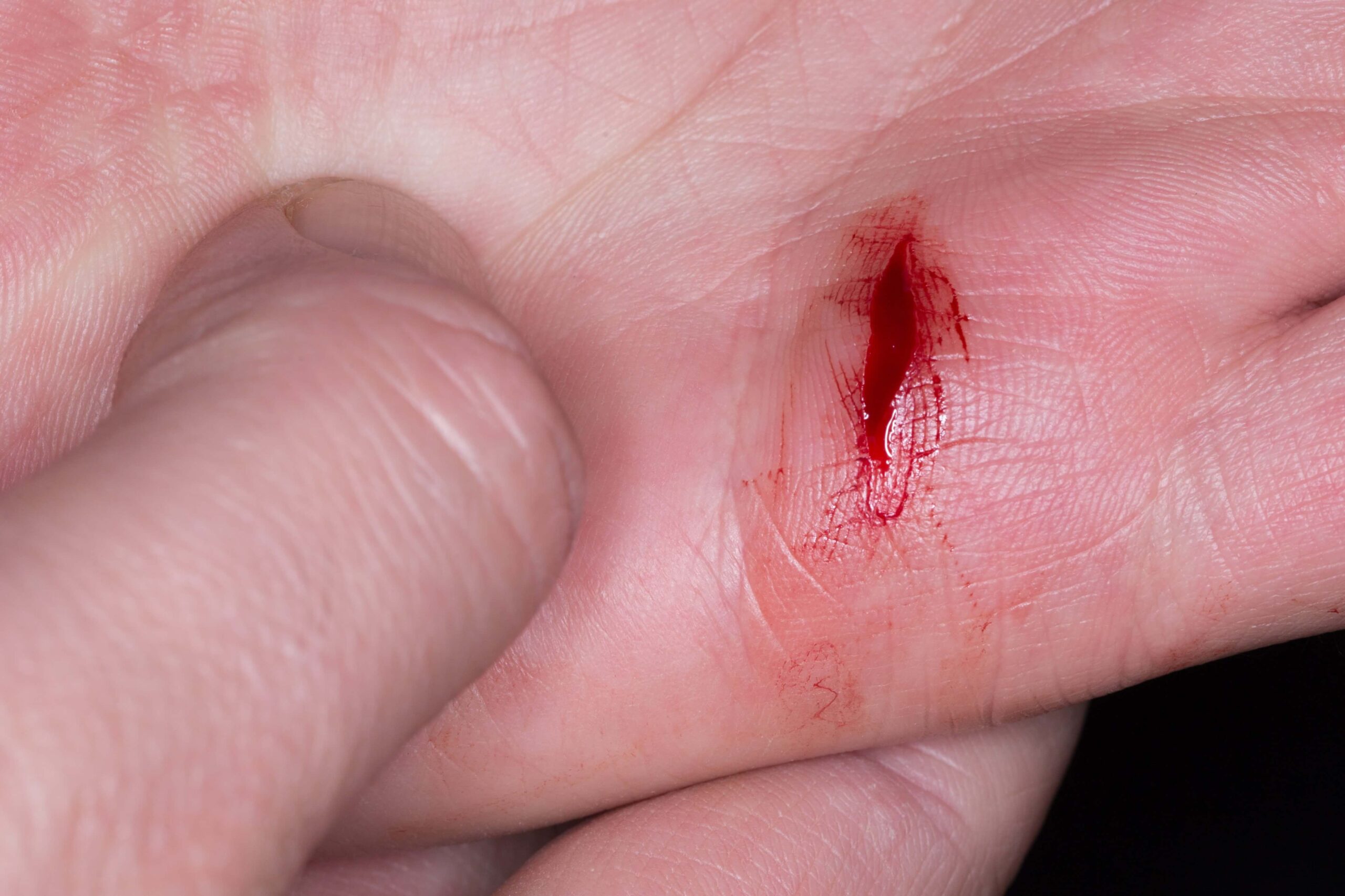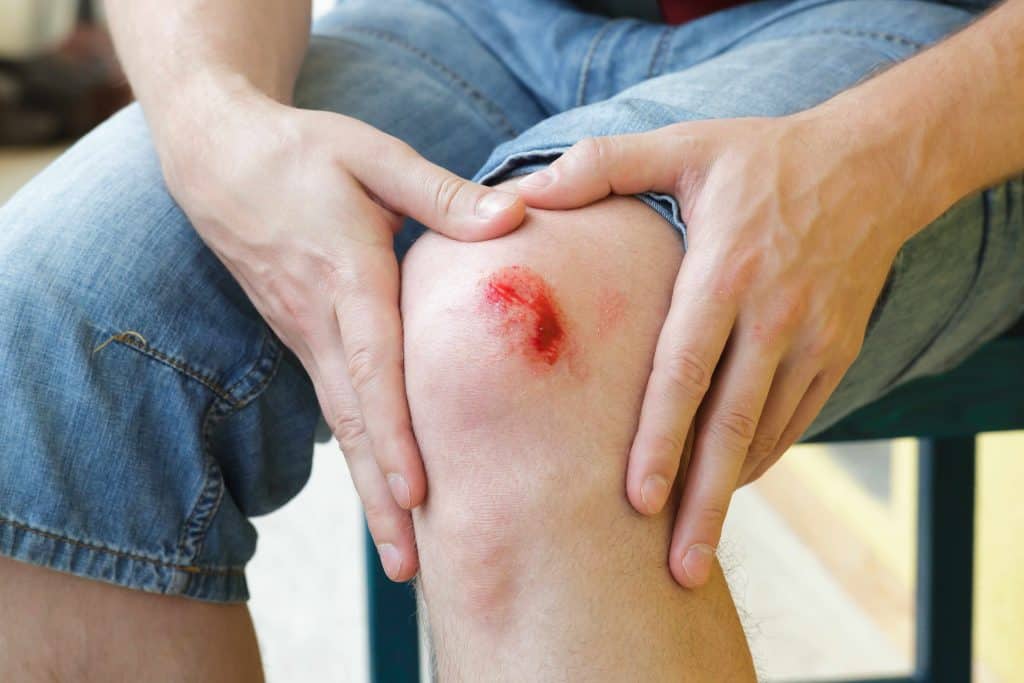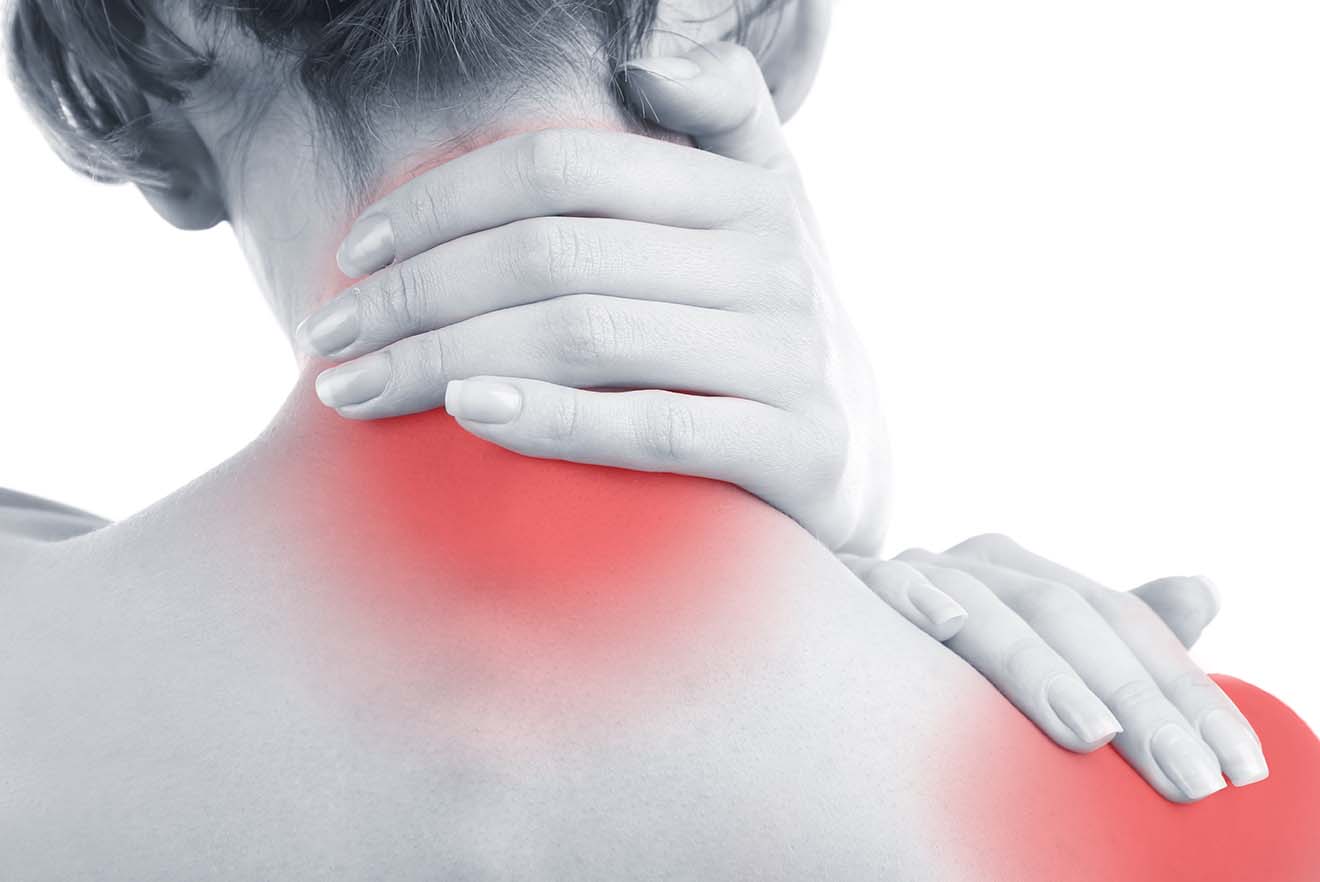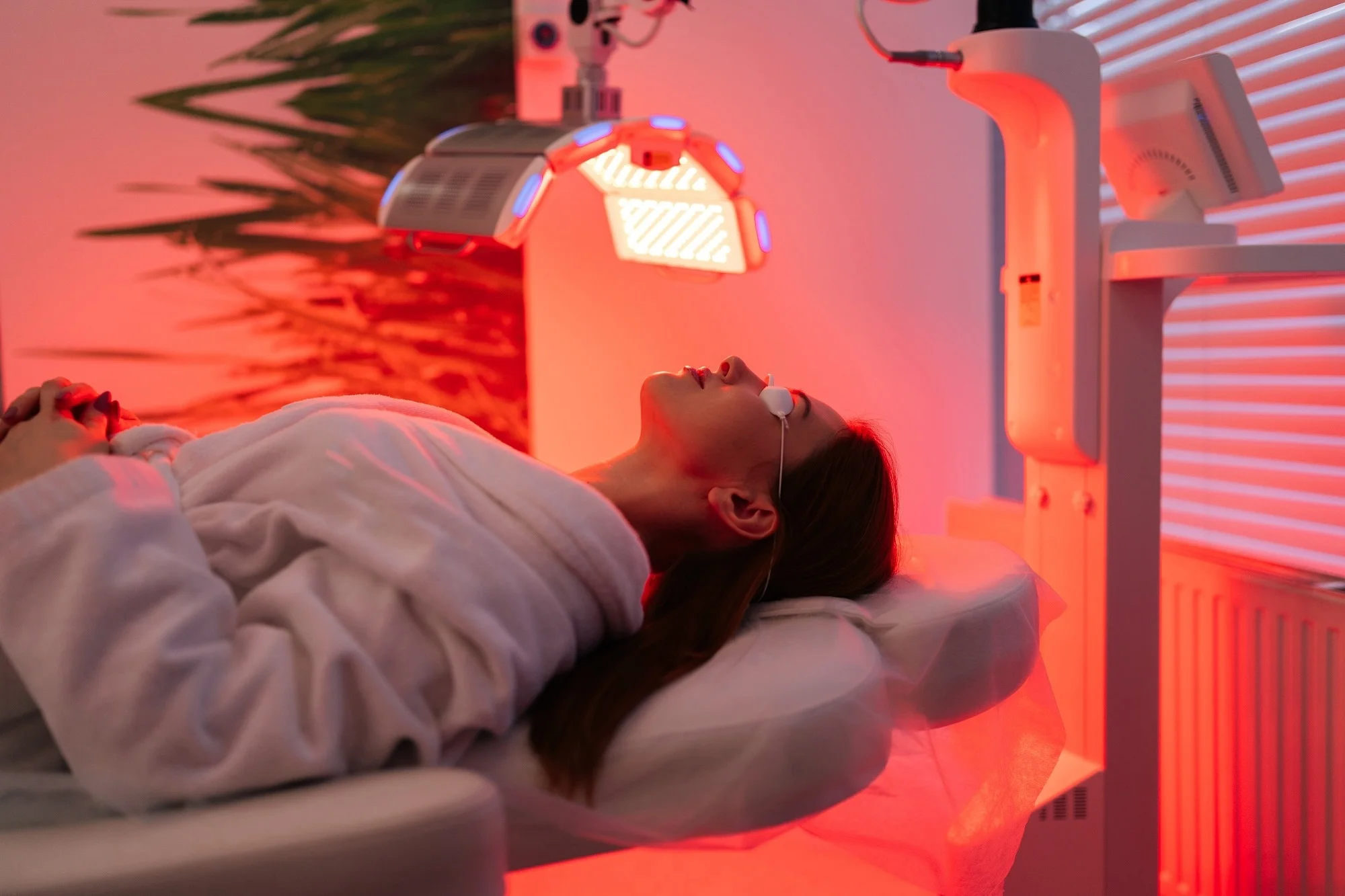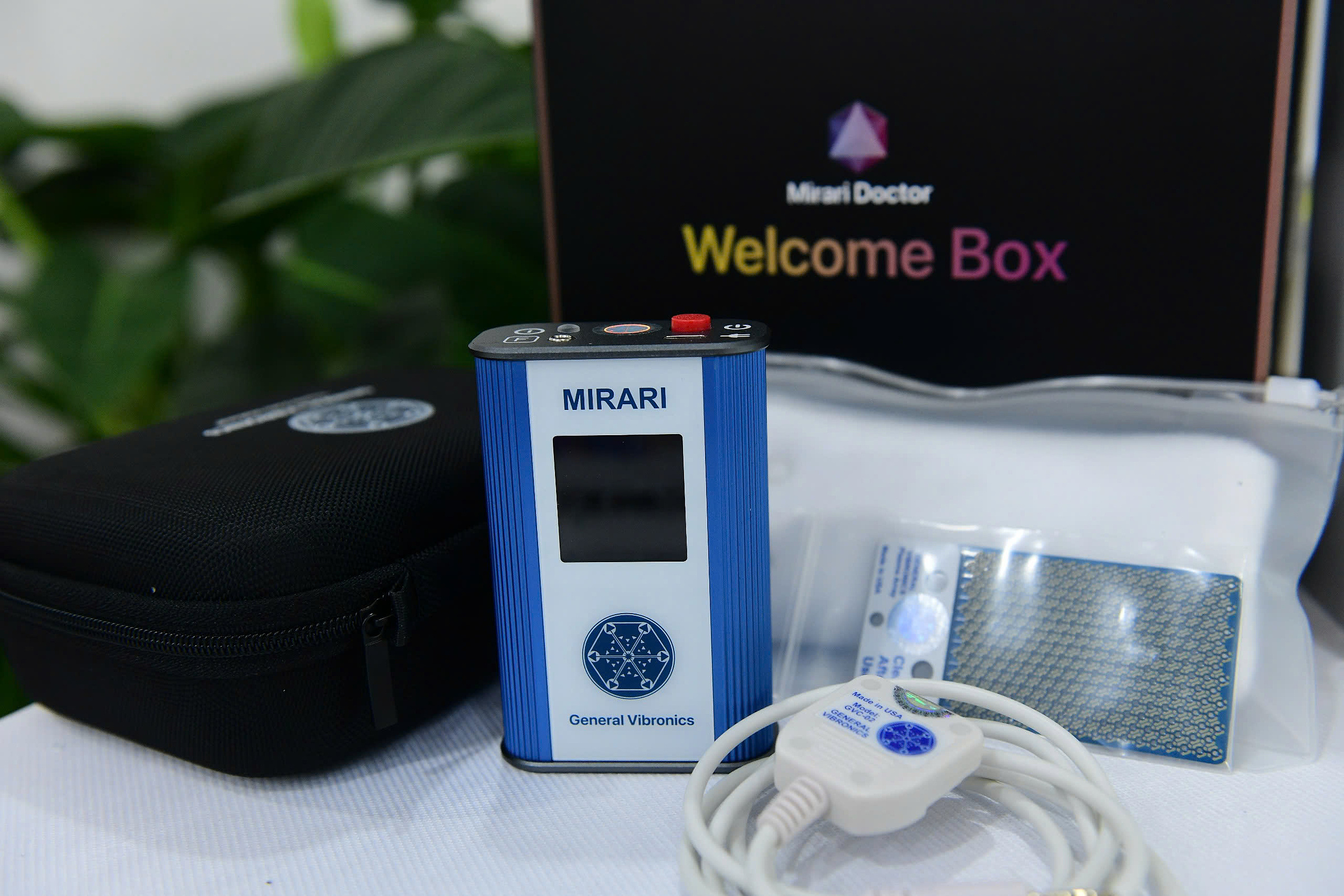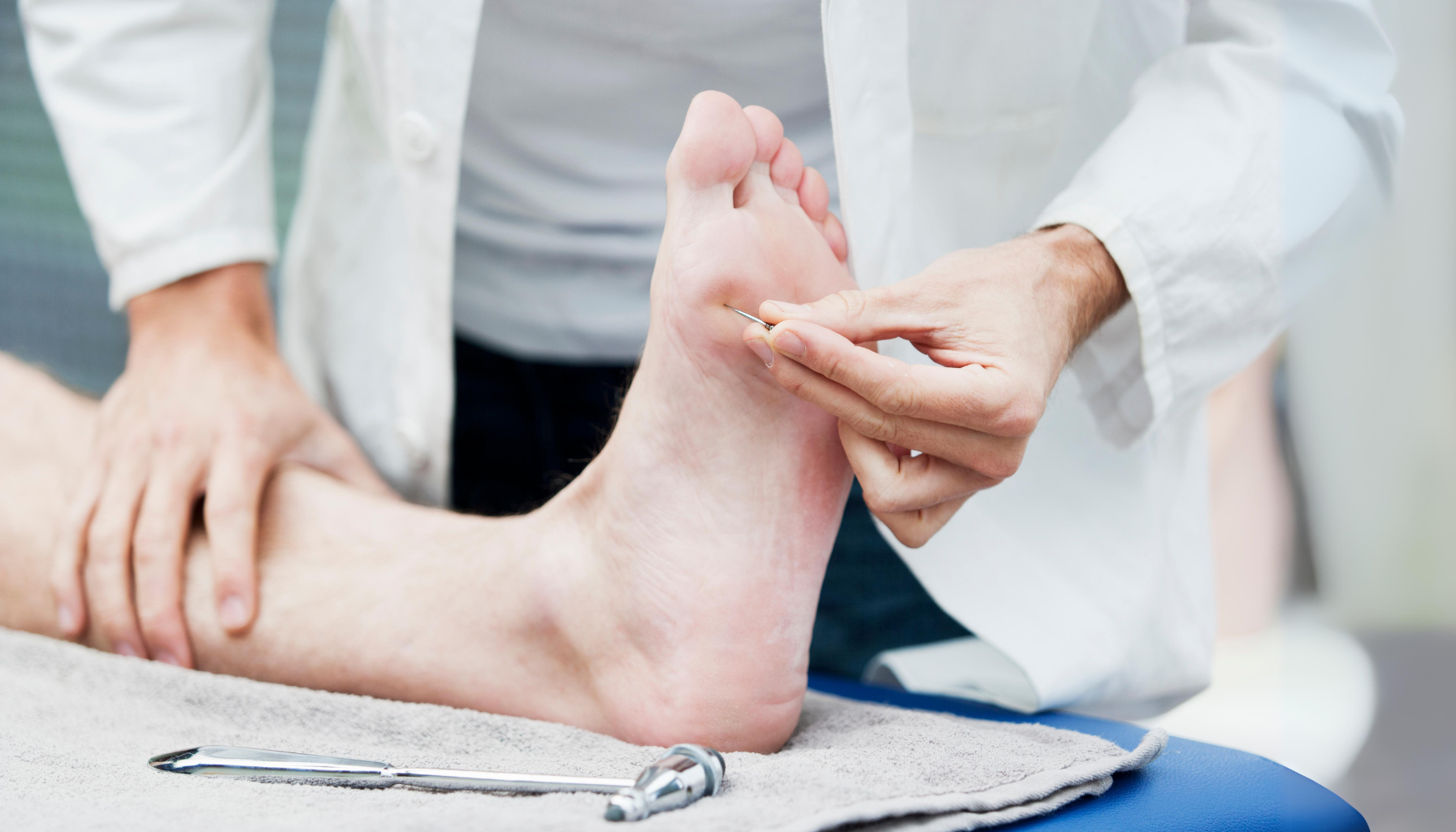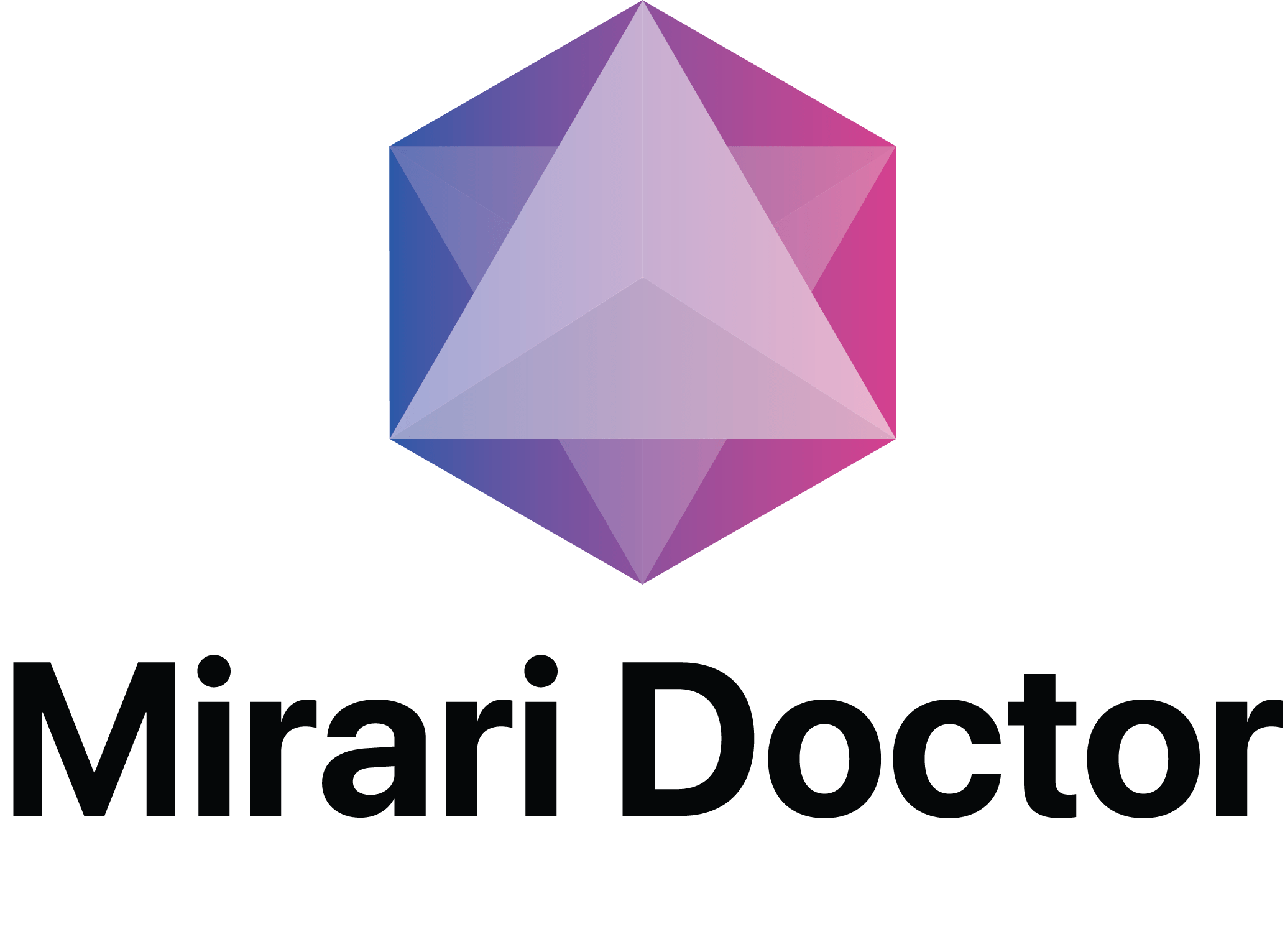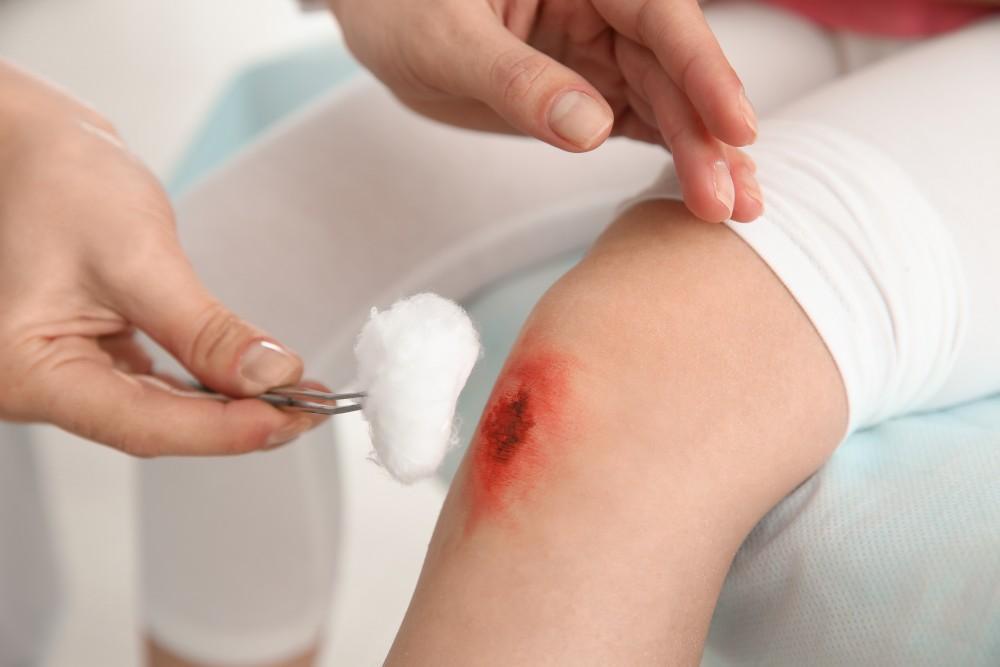
You May Be Interested In:
- 1st 2nd 3rd Degree Burn Treatment: Complete Guide
- What is a Diabetic Foot Ulcer? Complete Guide to Prevention, Treatment, and Life-Saving Care
- What to Do When Wound is Not Healing? Expert Guide
- How to Increase Wound Healing? Advanced Strategies for Faster Recovery
- How to Heal My Wound Faster? Revolutionary Methods and Advanced Technology
Learninghow to tell if a wound is infected or healingis crucial for anyone managing cuts, surgical incisions, or chronic wounds. This essential skill can mean the difference between successful recovery and serious complications requiring emergency medical intervention.
Every day, millions of people worldwide face this uncertainty while caring for wounds at home. The ability to distinguish between normal healing processes and dangerous infection signs empowers patients to make informed decisions about their healthcare and seek appropriate treatment when necessary.
This comprehensive guide provides evidence-based insights, practical assessment techniques, and advanced treatment options to help you confidently evaluate your wound’s progress and take appropriate action.
Understanding Normal Wound Healing Process
Recognizing Healthy Healing Signs
When determininghow to tell if a wound is infected or healing, understanding normal healing progression is fundamental. Healthy wounds follow predictable stages that indicate proper recovery[1].
Key indicators of proper healing include:
- Pink or red granulation tissueforming at the wound base
- Gradual size reductionover time
- Mild, decreasing painthat improves daily
- Light rednessaround edges that fades progressively
- Clear or slightly pink drainagein minimal amounts
- Scab formationprotecting the healing tissue
The wound should feelslightly warminitially, but this warmth should diminish as healing progresses. This represents your body’s natural inflammatory response working to repair damaged tissue[2].
Timeline Expectations for Recovery
Most acute wounds show measurable improvement within the first week.Superficial cutstypically heal within 5-10 days, whiledeeper woundsmay require 2-4 weeks for complete closure[3].
If your wound hasn’t reduced in size by at least 25% after two weeks of proper care, it’s time to reassess your treatment approach and consider professional evaluation.
The Four Stages of Wound Healing
Understanding these stages helps you recognize whenhow to tell if a wound is infected or healingbecomes critical:
- Hemostasis (0-24 hours): Blood clotting and initial bleeding control
- Inflammation (1-5 days): Immune response and cleanup of damaged tissue
- Proliferation (5-21 days): New tissue formation and wound closure
- Maturation (21 days-2 years): Scar formation and tissue strengthening
Each stage has distinct characteristics that help determine if healing is progressing normally or if intervention is needed.
Critical Signs Your Wound is Infected
Early Warning Indicators
Recognizing infection early is essential when learninghow to tell if a wound is infected or healing. Infected wounds exhibit specific warning signs that distinguish them from normal healing processes[4].
Primary infection indicators:
| Sign | Normal Healing | Infected Wound |
|---|---|---|
| Pain Level | Decreasing daily | Increasing or persistent |
| Redness | Mild, fading edges | Spreading, intense color |
| Swelling | Minimal, improving | Significant, worsening |
| Drainage | Clear, minimal | Yellow/green pus, foul odor |
| Temperature | Slightly warm, cooling | Hot to touch, persistent |
| Healing Progress | Steady improvement | Stalled or worsening |
When Infection Becomes Serious
Understandinghow to tell if a wound is infected or healingincludes recognizing when infection progresses to dangerous levels requiring immediate medical attention[5].
Emergency warning signs:
- Red streakingextending from the wound
- Fever above 101°F (38.3°C)
- Chills or body aches
- Swollen lymph nodesnear the wound
- Increased stiffness or numbnessin the affected area
- Black or dead tissueappearance
These symptoms may indicatesepsis, a life-threatening condition requiring emergency medical care[4].
Professional Assessment Criteria
Healthcare providers use systematic approaches to evaluate wound status. They look for the “TIME” principle in wound management[1]:
- Tissue condition and viability
- Infection presence and severity
- Moisture balance optimization
- Edge preparation and healing progress
Advanced Technology for Wound Assessment and Treatment
Revolutionary Cold Plasma Therapy Benefits
Modern wound care has embraced innovative technologies that enhance our ability to determinehow to tell if a wound is infected or healing. Cold atmospheric plasma therapy represents a breakthrough in wound treatment, offering multiple therapeutic benefits simultaneously[7].
Cold plasma technology advantages:
- Broad-spectrum antimicrobial actionagainst bacteria, viruses, and fungi
- Enhanced cellular regenerationthrough targeted stimulation
- Reduced inflammationand improved healing environment
- Non-invasive applicationwith minimal side effects
TheMirari Cold Plasmasystem, developed by General Vibronics and available through Mirari Doctor, utilizes nitric oxide-enriched plasma delivery for enhanced precision in wound healing applications[7].
Scientific Mechanisms Behind Cold Plasma
Cold plasma generates reactive oxygen and nitrogen species (RONS) that interact with wound tissues through multiple pathways. Unlike traditional treatments, this technology addresses both infection control and healing acceleration simultaneously[10].
Key therapeutic mechanisms:
- Membrane disruptionin pathogenic microorganisms
- Protein synthesis stimulationfor tissue repair
- Vasodilation promotionfor improved nutrient delivery
- Growth factor activationsupporting natural healing
Mirari Cold Plasma System Advantages
TheMirari Cold Plasmasystem distinguishes itself through nitric oxide (NO) utilization rather than traditional reactive oxygen species. This approach provides enhanced selectivity for wound healing applications while maintaining excellent safety profiles[7].
| Treatment Aspect | Traditional Care | Mirari Cold Plasma |
|---|---|---|
| Session Duration | 30-60 minutes | 3-10 minutes |
| Antimicrobial Effect | Limited spectrum | Broad-spectrum including resistant strains |
| Pain During Treatment | Variable, often significant | Minimal to none |
| Healing Acceleration | Standard timeline | Up to 40% faster |
| Infection Risk | Potential with invasive procedures | Reduced through plasma sterilization |
| Patient Comfort | Depends on procedure | Non-invasive, comfortable |
Clinical studies demonstrate that wounds treated with cold plasma therapy show healing rates of 93.44% compared to 76.05% in control groups[7].
Integration with Standard Wound Care
Cold plasma therapy works synergistically with traditional wound care rather than replacing it. Patients benefit from this integrative approach through faster recovery times and reduced infection risk.
Themiraridoctor.complatform provides healthcare professionals with evidence-based protocols for optimal treatment outcomes, ensuring safe and effective application of this advanced technology.
Immediate Actions When You Suspect Infection
Home Care vs Professional Treatment
When learninghow to tell if a wound is infected or healing, knowing when to manage care at home versus seeking professional help is crucial. Early intervention can prevent minor issues from becoming serious complications[8].
Home management appropriate for:
- Mild rednesswithout spreading
- Minor increase in drainagethat remains clear
- Slight warmththat isn’t increasing
- Pain levelsthat remain manageable
Professional care required for:
- Persistent or worsening symptomsafter 48 hours
- Spreading rednessbeyond the immediate wound area
- Thick, colored dischargewith foul odor
- Fever or systemic symptoms
Evidence-Based Wound Care Protocols
Proper wound care significantly impacts your ability to assesshow to tell if a wound is infected or healing. Following evidence-based protocols optimizes healing outcomes and reduces infection risk[2].
Daily wound care routine:
- Clean hands thoroughlybefore wound contact
- Gently cleansewith saline solution or clean water
- Pat dry carefullywithout aggressive rubbing
- Apply appropriate dressingto maintain moisture balance
- Monitor and documentchanges in appearance
Nutrition for optimal healing:
- Protein intake: 1.2-2.0 grams per kilogram body weight
- Vitamin C: 75-90mg daily (increase to 500mg for active wounds)
- Zinc supplementation: 8-15mg daily for tissue repair
- Adequate hydration: 8-10 glasses of water daily
Prevention Strategies
Understandinghow to tell if a wound is infected or healingincludes implementing prevention strategies that reduce infection risk and promote optimal healing environments.
Key prevention measures:
- Maintain blood sugar controlfor diabetic patients
- Avoid smokingwhich impairs circulation and healing
- Protect woundsfrom trauma and contamination
- Follow prescribed medication regimensconsistently
- Attend regular follow-up appointmentsfor professional monitoring
Patient-Focused Frequently Asked Questions
How quickly should I see improvement when monitoring if my wound is infected or healing?
Normal wounds typically show initial improvement within 3-5 days. You should notice decreased pain, reduced redness, and the beginning of tissue repair. If your wound shows no improvement or worsens after one week of proper care, seek medical evaluation. Remember that individual healing rates vary based on age, health status, and wound location.
What’s the difference between normal wound drainage and infected discharge?
Normal healing wounds may produce clear to slightly pink drainage in small amounts. Infected wounds typically produce thick, yellow, green, or brown discharge with a foul odor[3]. The volume is usually greater, and the consistency is thicker than normal drainage. Any sudden increase in discharge volume or change in color warrants professional evaluation.
Can I use home remedies while learning how to tell if a wound is infected or healing?
Some natural approaches can complement professional care when used appropriately. Honey has demonstrated antimicrobial properties and may support healing in certain wound types. However, avoid hydrogen peroxide, alcohol, or other harsh antiseptics on healing wounds, as these can damage healthy tissue[2]. Always consult your healthcare provider before adding home remedies to your wound care routine.
How does cold plasma therapy help determine wound healing status?
Cold plasma therapy offers unique advantages in wound assessment and treatment. TheMirari Doctorsystem provides real-time feedback on wound response through its nitric oxide delivery mechanism. Healthcare providers can observe immediate tissue responses, helping determine healing status more accurately. The technology also accelerates healing, making it easier to distinguish between normal progression and problematic wounds.
When should I be concerned about wound healing speed?
Acute wounds should show measurable improvement within 2-4 weeks. If your wound hasn’t reduced in size by at least 25% after four weeks of appropriate care, it’s considered a chronic wound requiring specialized evaluation[1]. Factors like diabetes, poor circulation, or advanced age can slow healing, but these conditions require professional management rather than extended home care.
Advanced Wound Monitoring Techniques
Technology-Enhanced Assessment
Modern wound care increasingly incorporates technology to improve our understanding ofhow to tell if a wound is infected or healing. Digital wound assessment tools, smartphone applications, and advanced imaging help both patients and healthcare providers monitor healing progress more accurately.
Emerging assessment technologies:
- Digital photographyfor consistent wound documentation
- Thermal imagingto detect temperature changes indicating infection
- Smartphone appsthat measure wound dimensions
- Biomarker testingfor early infection detection
The Future of Wound Care
The landscape of wound healing continues evolving rapidly. Integration of artificial intelligence, personalized medicine approaches, and advanced biomaterials promises to revolutionize how we approach wound assessment and treatment.
Innovative developments include:
- AI-powered wound analysisfor pattern recognition
- Smart dressingswith built-in sensors
- 3D printingfor custom wound care solutions
- Gene therapyapproaches for enhanced healing
Taking Action for Optimal Wound Healing
Understandinghow to tell if a wound is infected or healingempowers you to make informed decisions about your healthcare. Early recognition of infection signs, proper wound care techniques, and knowing when to seek professional help are essential skills for successful wound management.
Remember that wound healing is a complex biological process influenced by many factors. While this guide provides comprehensive information, individual circumstances may require personalized medical attention.
Modern advances like cold plasma therapy, available through platforms such as miraridoctor.com, offer new hope for patients with challenging wounds. These technologies, combined with traditional wound care principles, provide the best outcomes for wound healing success.
Most importantly, trust your instincts. If something doesn’t seem right with your wound’s healing progress, seek professional evaluation. Early intervention prevents minor problems from becoming serious complications, ensuring the best possible outcomes for your recovery.
References
- OSF HealthCare. (2025). How to tell if a wound is healing or infected.//www.osfhealthcare.org/blog/how-to-tell-if-a-wound-is-healing-or-infected
- Health Partners. (2025). Wound healing stages: What to look for.//www.healthpartners.com/blog/wound-healing-stages-how-to-tell-if-a-wound-is-healing-infected-or-chronic/
- Patient Info. (2024). Infected Wounds: Signs, Symptoms and Treatment.//patient.info/infections/wound-infection
- UH Sussex NHS Trust. (2024). Identifying a wound infection.//www.uhsussex.nhs.uk/resources/identifying-a-wound-infection/
- Environmental Literacy Council. (2025). How do you know if something is infected or healing?//enviroliteracy.org/how-do-you-know-if-something-is-infected-or-healing/
- BuzzRx. (2022). How to Tell if a Wound is Healing or Infected.//www.buzzrx.com/blog/how-to-tell-if-a-wound-is-healing-or-infected
- Mirari Doctor. (2025). Wound Healing: Revolutionary Cold Plasma Technology./wound-healing/
- GoodRx. (2024). How to Tell If a Wound Is Healing or Infected.//www.goodrx.com/conditions/wound-care/how-to-tell-if-wound-is-healing-infected
- McKnight’s Long-Term Care News. (2024). Ask the treatment expert about signs and symptoms of wound infection.//www.mcknights.com/news/ask-the-treatment-expert-about-signs-and-symptoms-of-wound-infection/
Related articles
Made in USA
